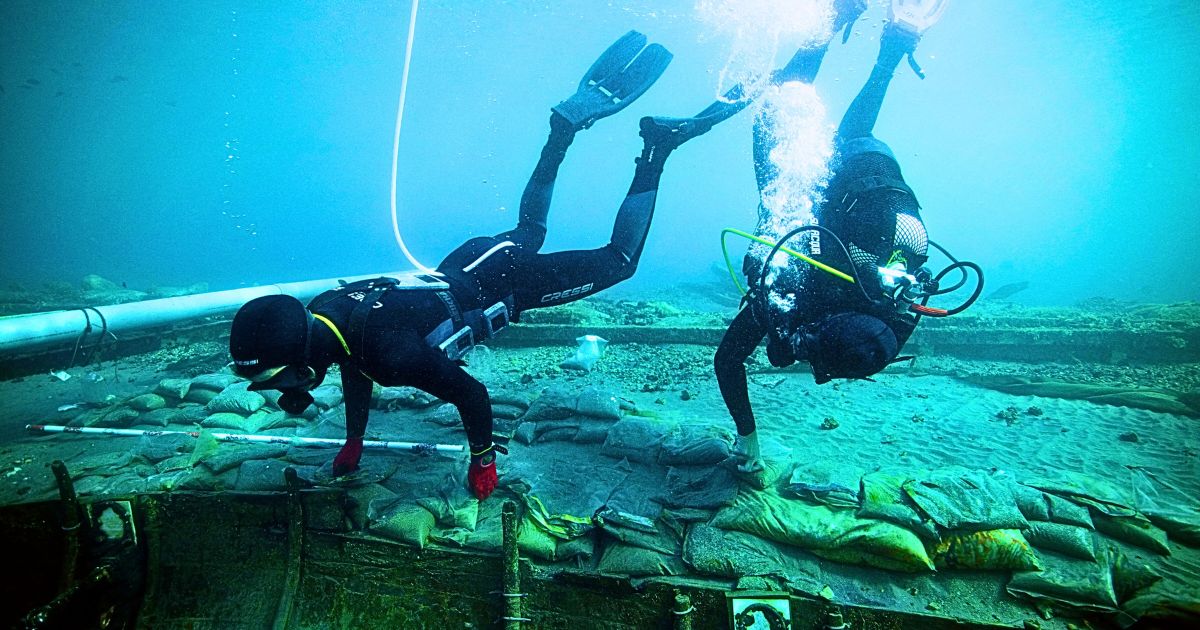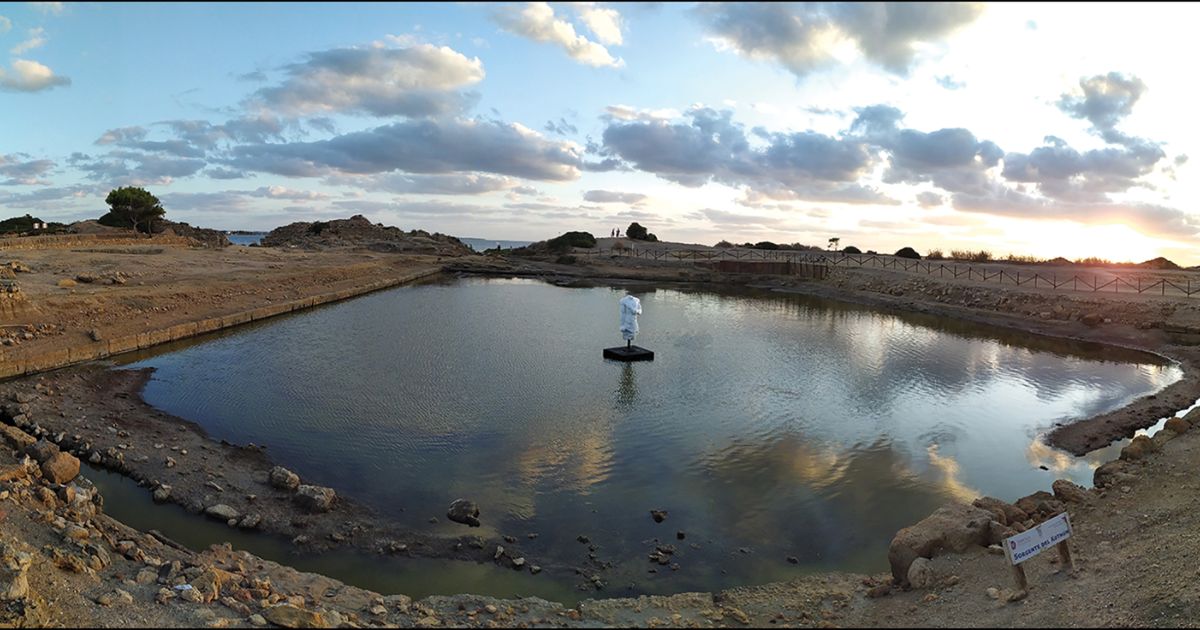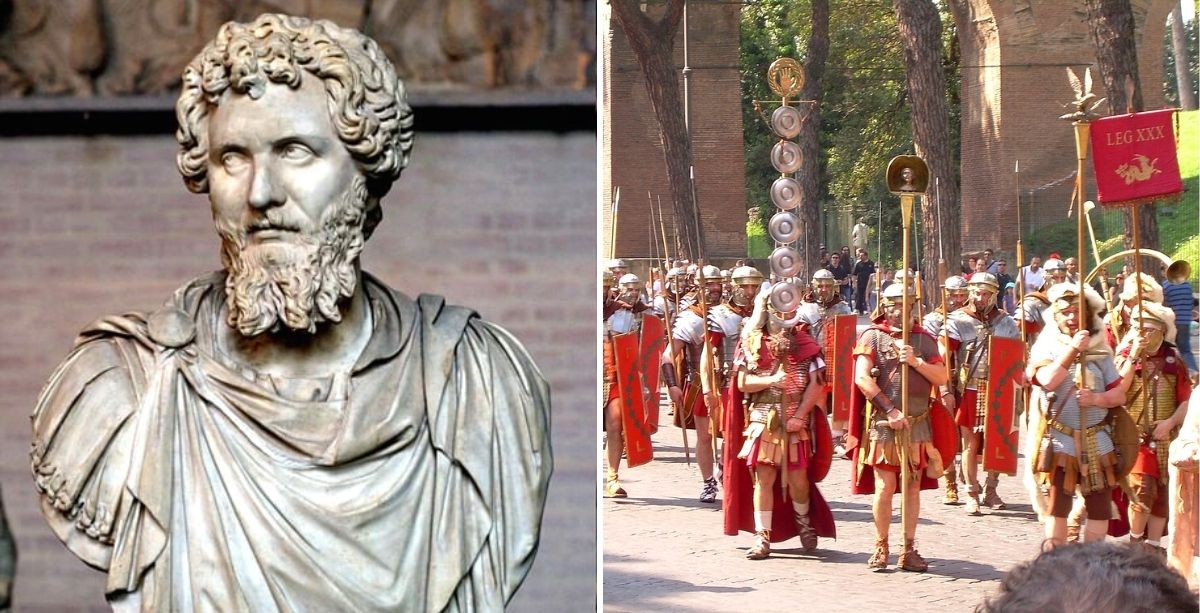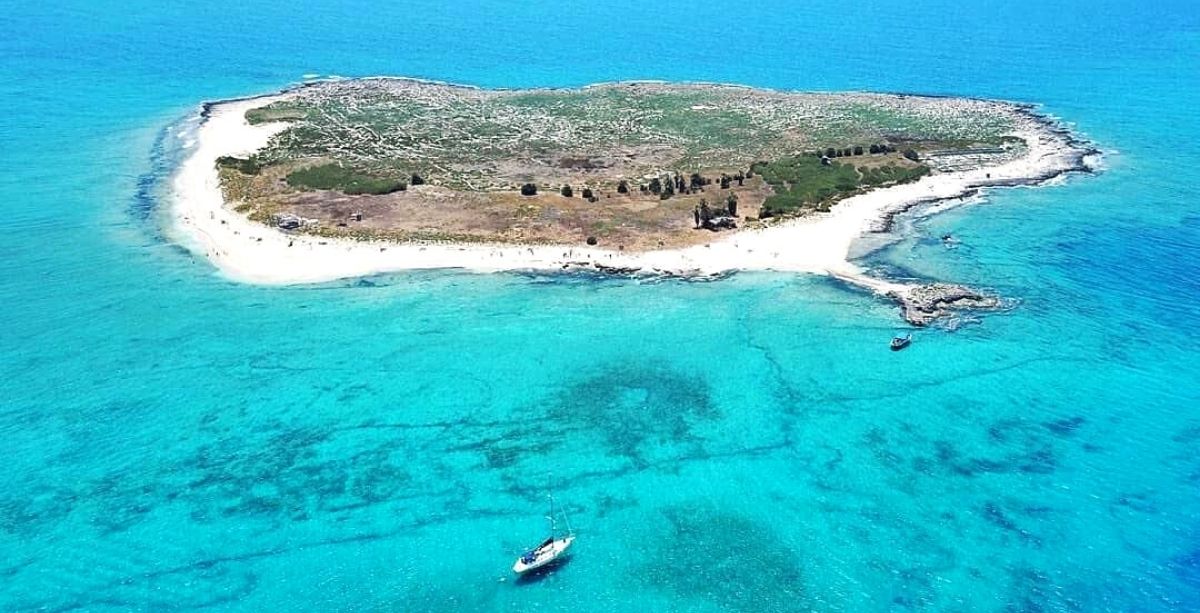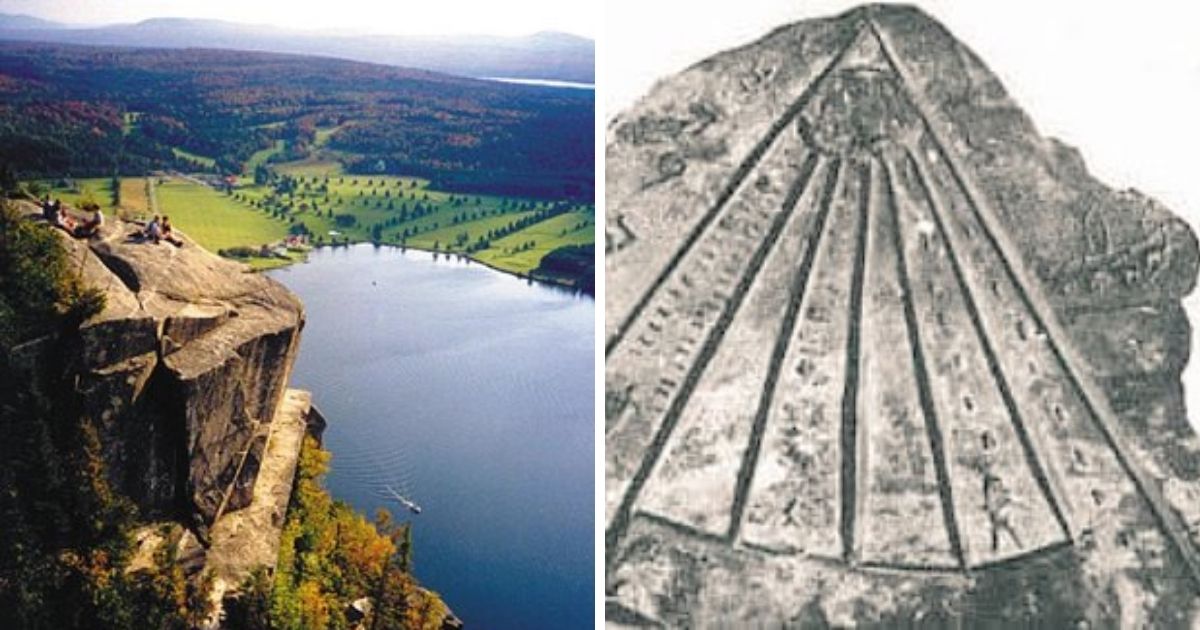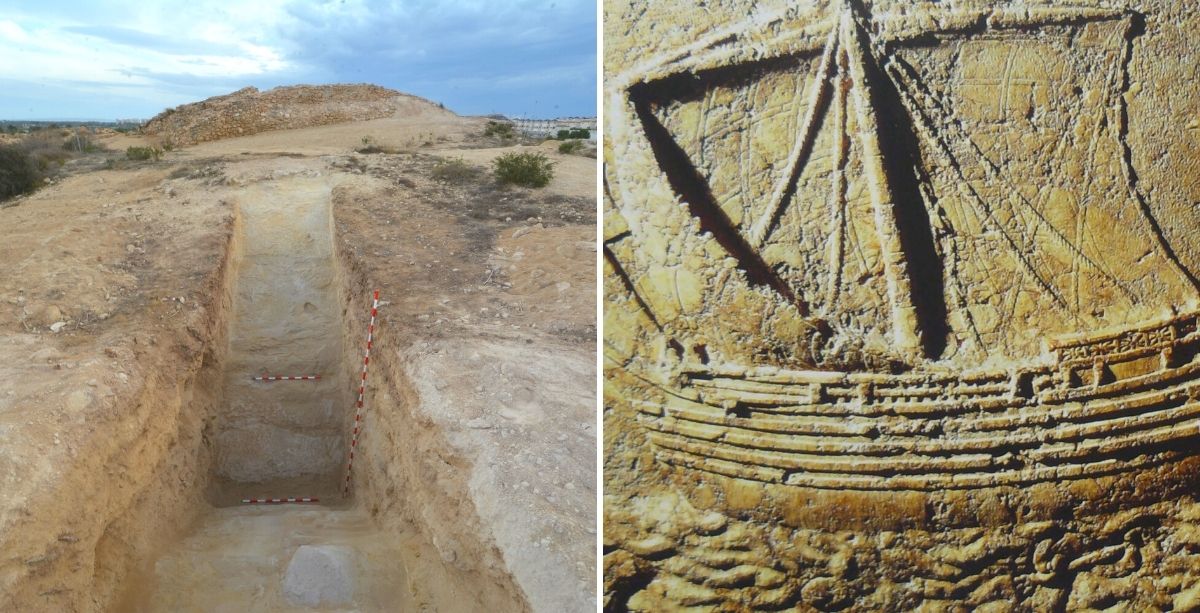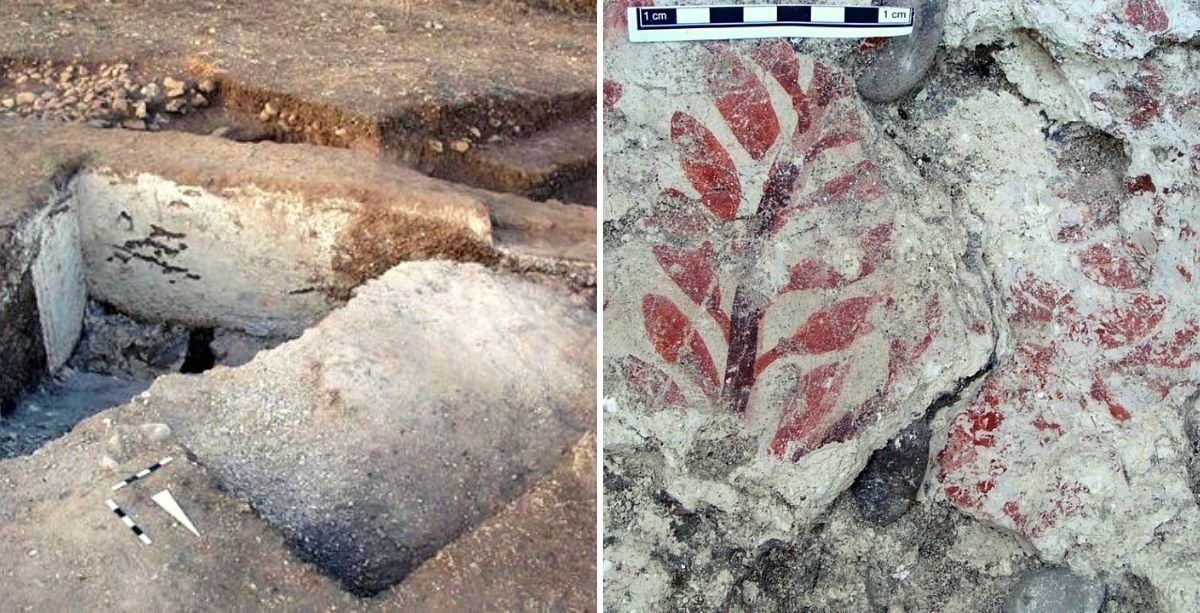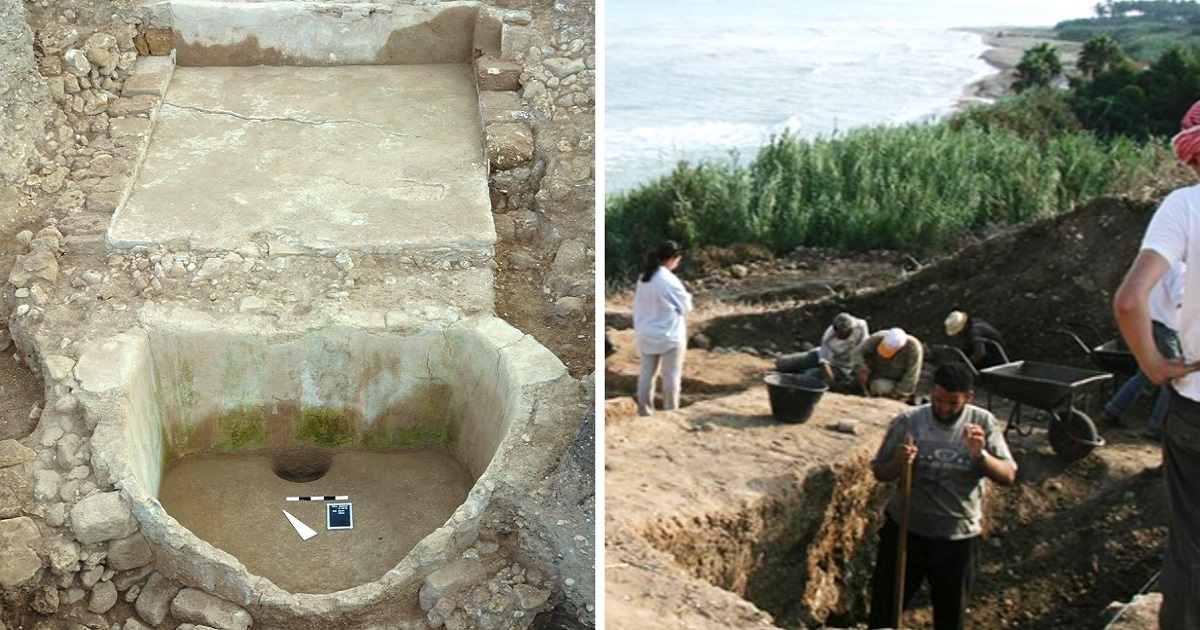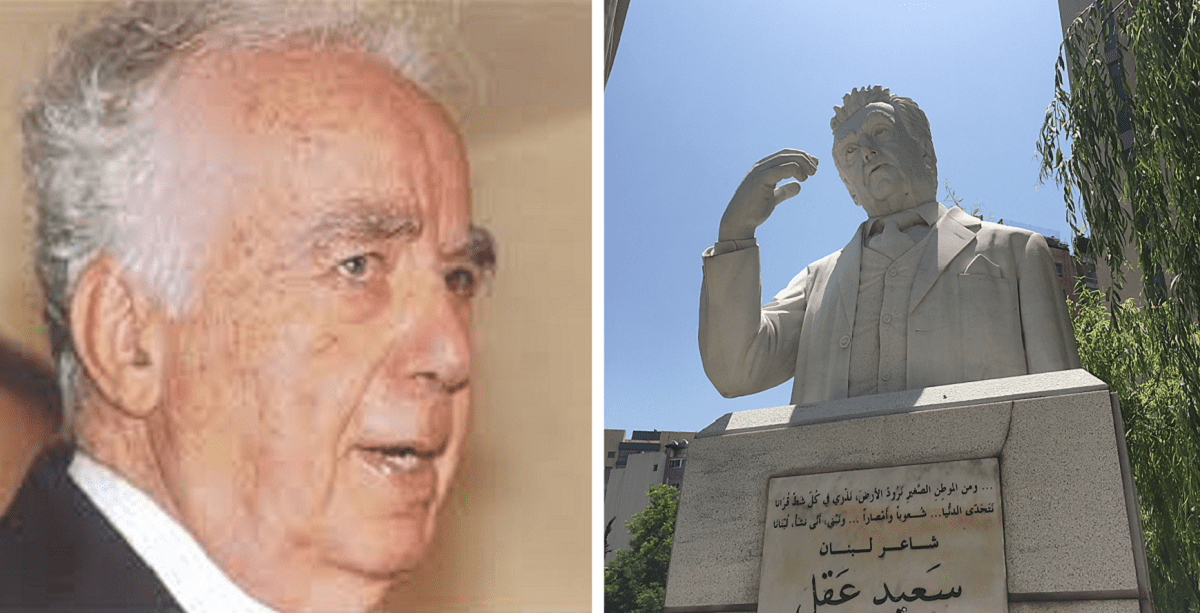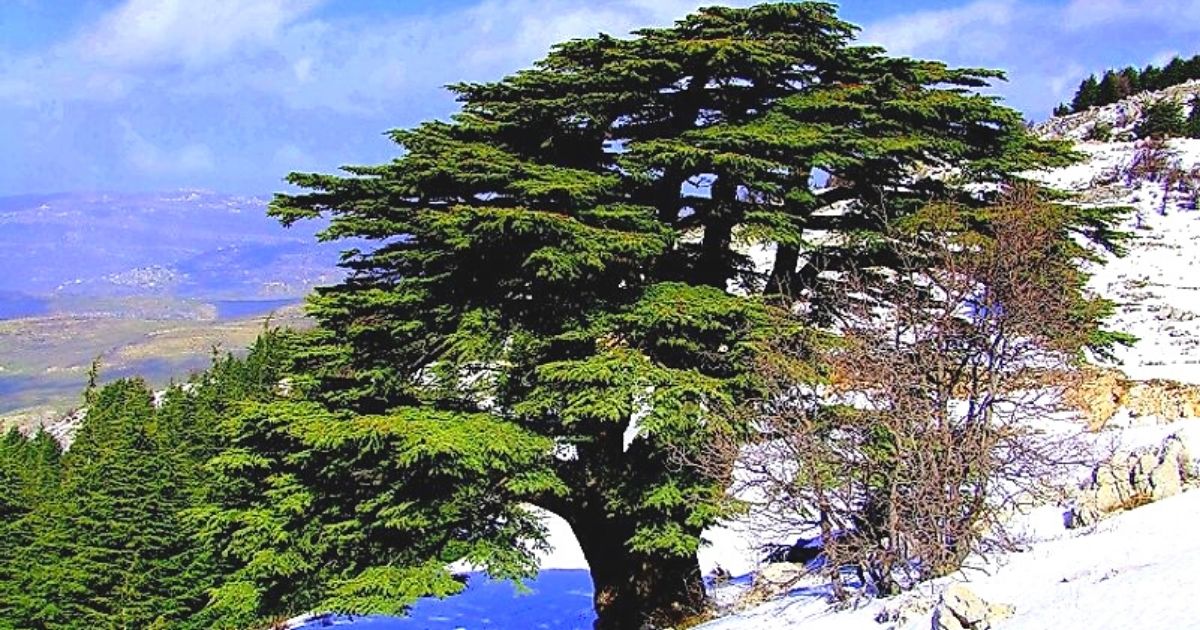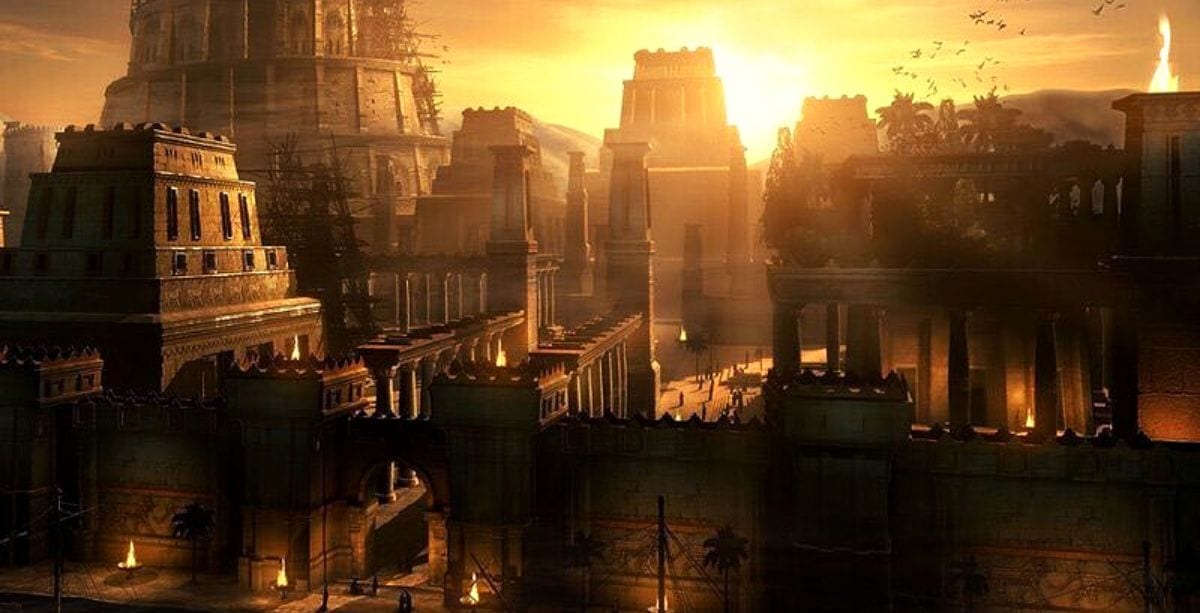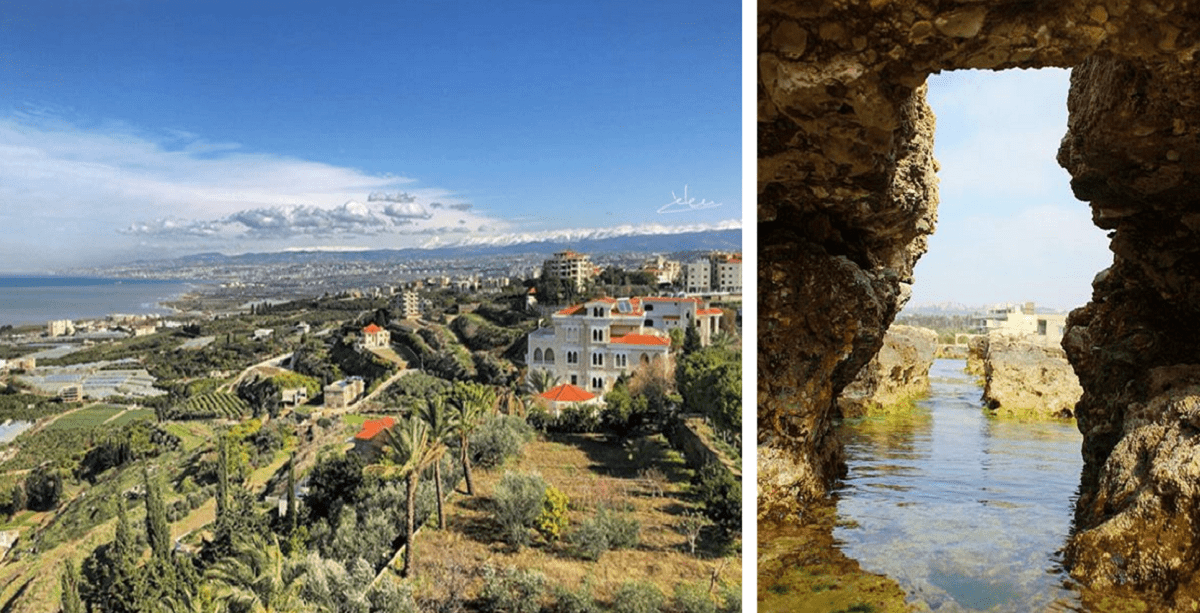When we speak about the archeologic and touristic aspects of Lebanon, we immediately tend to link the heritage of this Phoenician country to just a few historical landmarks such as Baalbek, Tyre, and Jbeil.
And yet, these are not the only ancient sites in Lebanon worth visiting and inviting our tourists to.
Yes, there has been a major disregard by the tourism and archeological authorities in Lebanon to acknowledge the value of these sites; remnants of the Roman, Greek, and Phoenician eras and legacies.
It has been as such for so long that these sites have been swallowed by the heavy fog of oblivion.
It isn’t the case though with the residents of these areas. They are proud of what their towns carry of ancient history, as we all should be, and they have been wondering about the lack of care from the archeological and touristic authorities; some have been even requesting it for a while now.
Henceforth, we have decided to step in today and do our part in giving due recognition to various of these little-known and unattended ancient sites in our country.
#1 Qsarnaba Roman Temple – Bekaa District
Qsarnaba, that Lebanese village located in Beqaa district, is still preserving its legacy and cultural wealth like many other Lebanese towns. Qsarnaba Roman Temple is one of the sites that should be visited by both tourists and locals given its archeological value.
As this site is fenced, gates should be opened by one of the villagers. However, getting there is very easy if you take the main Niha road and continue eastward for 2 KMs. Don’t you worry! The signs will lead you to the Roman Temple of Qsarnaba.
#2 Ruins of St. Louis Castle – Saida District
You may have been to Saida (Sidon) before and, if so, you have more likely visited the Crusader Sea Castle also known as Qala’at Al Bahr. However, you haven’t probably been to the Ruins of St. Louis Castle that was built nearby during the 10th century by King Louis IX.
It was actually the 1st inland castle built in Saida and was later on ruined by the Mameleek during their ruling. St. Louis Castle is unfortunately unknown to many and it is certainly worth the visit, not only because of its historical and architectural value but also given the view you get to see when you’re on top of it.
Reaching this castle is very easy. All you need to do is take the stairs east of the Fakhr El-Dine palace and turn right to explore it.
#3 Msaylha Fort – Batroun
Maybe you have heard about it before or at least saw it on your way to Beirut or Tripoli. You may have also said to yourself “this fortress looks incredible” but perhaps you had little time to stop by and pay this archeological piece a visit.
Msaylha Fort is actually located on a rocky hill next to the coastal highway of Batroun, which makes it visible to everyone but, unfortunately, attended by few.
It is said that this fortress was built by prince Fakhr El-Dine Al Maani II during the 17th century.
The Nahr Al Jawz (Walnut River), which you get to see as you take the stone stairs, is certainly worthy of your time. Msaylha Fort is very accessible either by car or foot!
#4 Douma – Batroun Mountains
While you may know Douma for its authentic Lebanese restaurants, you might ignore that this beautiful town, which is located in the heart of Batroun Mountains, marked the passage of the Ottomans, Greeks, and Romans.
The Ottomans actually left it with ruins, which you can see as you hike around the town.
Perched at 1000 meters above sea level, Douma carries a name given by the Greeks and which means “palace.”
If you are also fortunate enough to visit one of the houses there, which we highly recommend you do, the beautifully decorated residential will definitely make you speechless!
#5 Citadel of Raymond de Saint-Gilles – Tripoli District
Also known as Qala’at Saint Gilles, it is that citadel you don’t want to skip if you are planning a trip to Tripoli. Alas, Tripoli, like many other of our cities that have been forgotten and neglected for a long time, is one of the places that are still retaining their architectural and archeological attractive sites.
The Citadel of Raymond de Saint-Gilles, unattended by a lot of people, was built on a hilltop back in 1102 by the crusader Raymond VI of Saint Gilles. This castle has undergone a bunch of restoration and renovation works when the Mameleek occupied the city.
Sadly, it has been neglected for ages now, yet it is a masterpiece worth visiting.
#6 Bziza – Koura Casa
That Northern village named after one of the Semites’ gods is one of those concealed places in Lebanon that do actually have attractive sites and considerable physical remains of buried Roman myths and prehistorical secrets.
When you go to Bziza, you will see the enduring bridge and mill that are told to be distinguished prehistorical and architectural landmarks in the village.
Bziza is that town that will make you escape the world for a couple of minutes as you stumble upon and admire its plains and rivers.
The Asfour water spring is, for instance, that charming scenery you don’t want your eyes to miss. Bziza is still up till now preserving its aesthetically rare carved Roman temples and columns, thanks to its people.
The 5-meter high temples aren’t the only thing you will get to see in Bziza. It is also known for its other ruins, rocks, and the 20 square meters yard where ancient religious rituals used to be performed.
Besides all that, it’s said that this village is burying some of the prehistorical kings’ cadavers. In addition, Bziza, that place where Muslims and Christians live in peaceful coexistence, hosts the convent of Saydet Al Nahr Church, which is also a must to visit.
#7 Amioun – Koura Casa
Amioun, that Northern Lebanese town known for its green landscapes, is sadly not recognized enough for its Phoenician and Roman ruins. The most important monument there is St. George’s Church built on the ruins of a Roman temple.
Amioun is considered the capital of Koura. Its name derived from the Aramaic and means “the land of the Greeks”.
There is certainly a lot to visit in Amioun. and Dar Baachtar is certainly another ancient village worth visiting nearby.
#8 Akroum Roman Temple – Akkar District
Akroum is located in the Northern part of Lebann and more specifically in Akkar district. That village, which is known by the very few, consists of seven areas. One of its most prominent towns is called the Prophet Berri, an area adjacent to the Syrian borders.
Akroum is known for its mild climate, even during the summer days and it contains many archaeological sites, including the Roman temple and the Byzantine Church dedicated to Mar Shamshoum Al Jabbar (Saint Samson the Powerful), among other castles and caves.
It’s said that this Akkarian town was actually the home for many people of various civilizations, such as the Phoenicians and Romans.
#9 Maqam El-Rab Temple – Akkar District
Maqam El-Rab Temple, or the Residence of God Temple, is located in Beit El-Jaalouk in Akkar, which is commonly left unacknowledged. It was built on a flat space supported by huge stones. The temple has a running water channel that passes through the walls.
It is said that the temple dates back to the last century BC and was converted to a church during the Byzantine period.
What is really remarkable about that temple is the manuscript given by the priest Drusus to Nemesis, the goddess of justice or vengeance.
#10 Kouachra – Akkar District
Known for its astonishing lake, Kouachra is distinguished by the walls of its houses and streets dating back to the Iron Age, as well as the Roman, Byzantine, and Islamic eras.
As per the recent archeological screening done in Akkar, several types of very old pottery and glass were found and that date back to the same eras mentioned above.
#11 Wadi Qarghaya Tombs – Akkar District
According to the same screening done, two tombs were identified in this valley with the possibility to find even more buried ruins. Bones and pottery were found dating back to the Phoenician and Roman eras.
It’s worth mentioning here that this place still needs a lot of exploration and screening. According to the archeologists, this site can be very promising for what it buries from legacy and culture.
#12 Taibo Castle – Akkar
Located at the top of the mountain in the east of Magdal village, experts have explored in this castle fragments of flint, yellow and green glazed bowls, and pottery, among other scattered items materials.
Similar to the case of Wadi Qarghaya, Taibo Castle is an investment the Lebanese government should seriously consider to further discover the hidden gems in there, and grant some funds to facilitate and ease that both cultural and archeological mission.
We have probably missed many sites, considering that there has been little attention to all that our country encompasses of archeologic remnants of the ancient civilizations that had lived in our homeland.
Some of them took Lebanon as their second home and acted as such, contributing to its architectural landscape and infrastructure; among which the many ancient bridges you can still see across the country.
Lebanon, that small country of ours, is indeed a trove of treasures.

